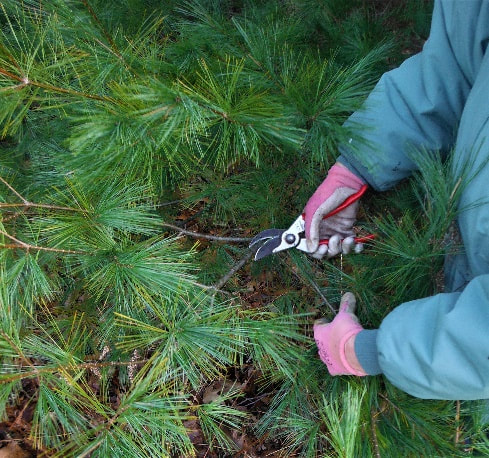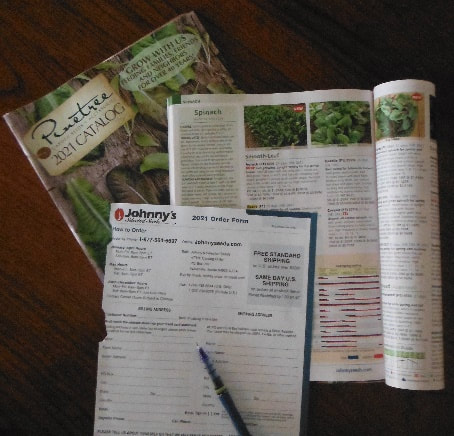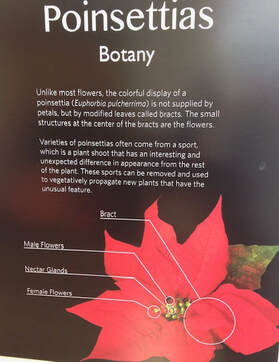Horticultural Hints for December!
Deck the Halls with Year-End Color!
|
Pine is one of the most readily available and versatile of decorating greens. Used in an outdoor display and periodically watered, it can last all winter.
Decorating. Pruning evergreens now has a second benefit. You can use the cuttings to make holiday arrangements! Cuttings from spruce, cedar, pine and fir make great decorations on their own and elegant arrangements especially when combined with flowers for special occasions. Conversely, don’t bother bringing in hemlock; it sheds its needles almost immediately. Similarly, holly must be kept in clean water and will still have a short life span. Leave the winter berries for the birds that need them for food. They fall off and can pose a danger to small children or pets who find them on the floor. |
|
Don’t wait to order seeds.
Last spring, seed companies found themselves overwhelmed by orders from people wanting to start vegetable gardens amid pandemic shutdowns and shelter-in-place orders. Anyone who waited to order found not just their favorite seed varieties sold out, but also second- and third choices. Despite assurances they were increasing orders from their suppliers, a quick check in late November showed many favorite seed varieties are ‘not available at this time’. Don’t wait until the new year to put in your order; do it now. Winterize your tools. Outdoor gardening season is over, so now it’s important to clean and organize your gardening equipment. Send your mower in for service (you won’t care if it’s not ready for three months). Wash the dirt off shovels, rakes and trowels. Then remove any rust with a piece of steel wool. Finish with by rubbing on a light coating of oil on all metal parts. Clean and sharpen edges pruners, loppers and other cutting tools. In the spring you’ll be glad you are ready to start gardening with like-new tools
|
Inventory your tools.
If you need a new shovel or you lost the hand hoe; put it on your list to Santa. There’s nothing like a finding new pair of high-quality pruners in your stocking. Inventory your garage or garden shed, and note any old packages of herbicides and pesticides. Heat, cold and age all reduce the effectiveness of many of these products, but not their toxicity to the environment. Put them aside to dispose of at special collections centers or toxic material days held locally. NEVER place them in the trash or pour them down the drain or out on the ground. The environment you save is the one you and your family live, garden and play in.
|
This simple A-frame was made from leftover plastic lattice, 1”x3” scrap lumber, and dollar-store hinges. It has lasted more than a decade.
Protect your shrubs.
Any plant that regularly fails to thrive after a tough winter needs extra protection. You can use many of the same techniques that work for roses, for spring flowering hydrangeas that fail to bloom, as well as not-quite-hardy shrubs. Plants can be protected with wind screens, or cages stuffed with straw or leaves. Plants susceptible to branch break from heavy snow need special help. Tying branches together with heavy twine can be effective. For small plants, slatted structures allow good air flow while preventing crushing snow loads from building up. |
Horticultural Hints are written and created by Betty Sanders. For more horticultural suggestions throughout the year, please visit www.BettyOnGardening.com








